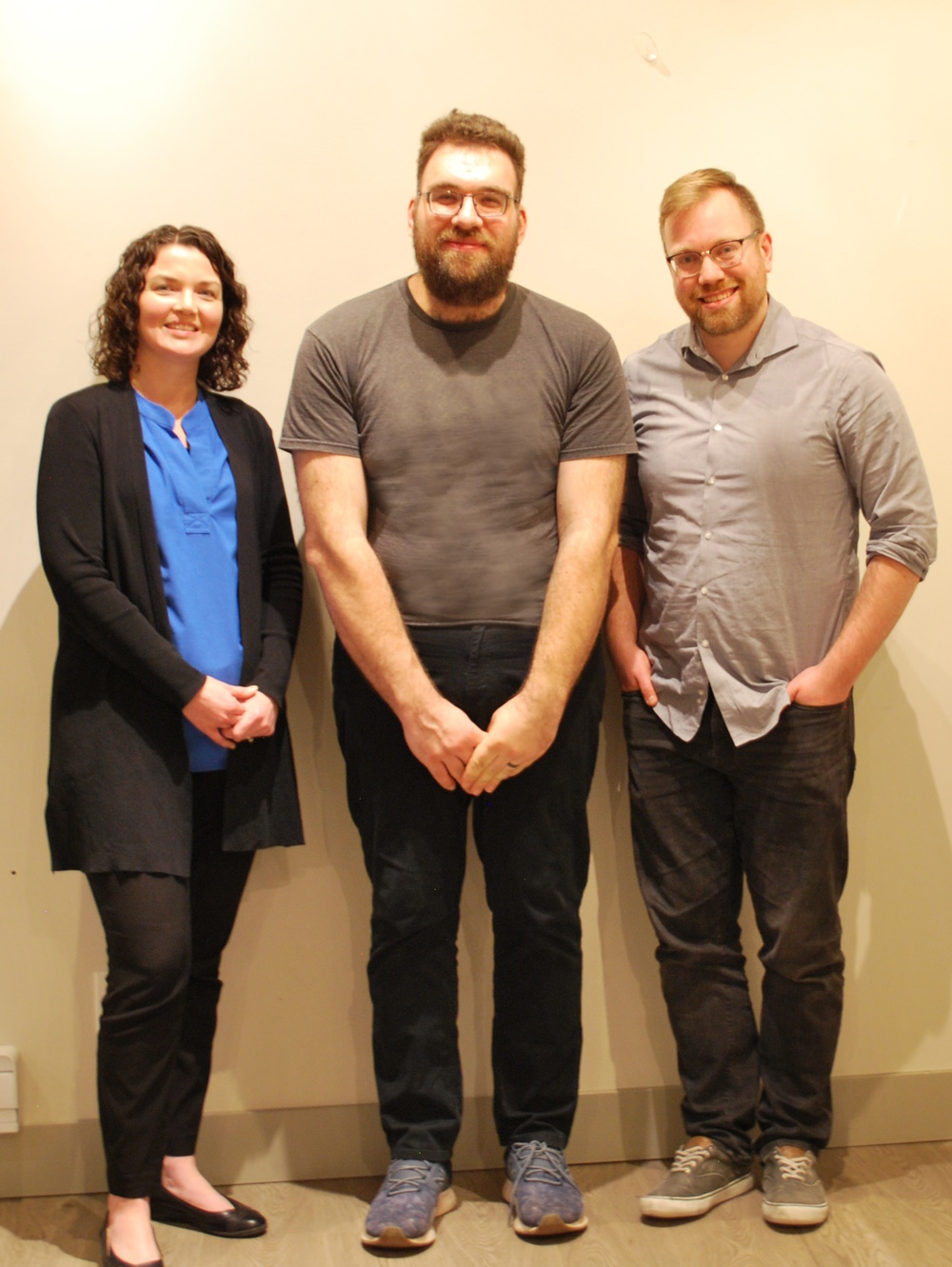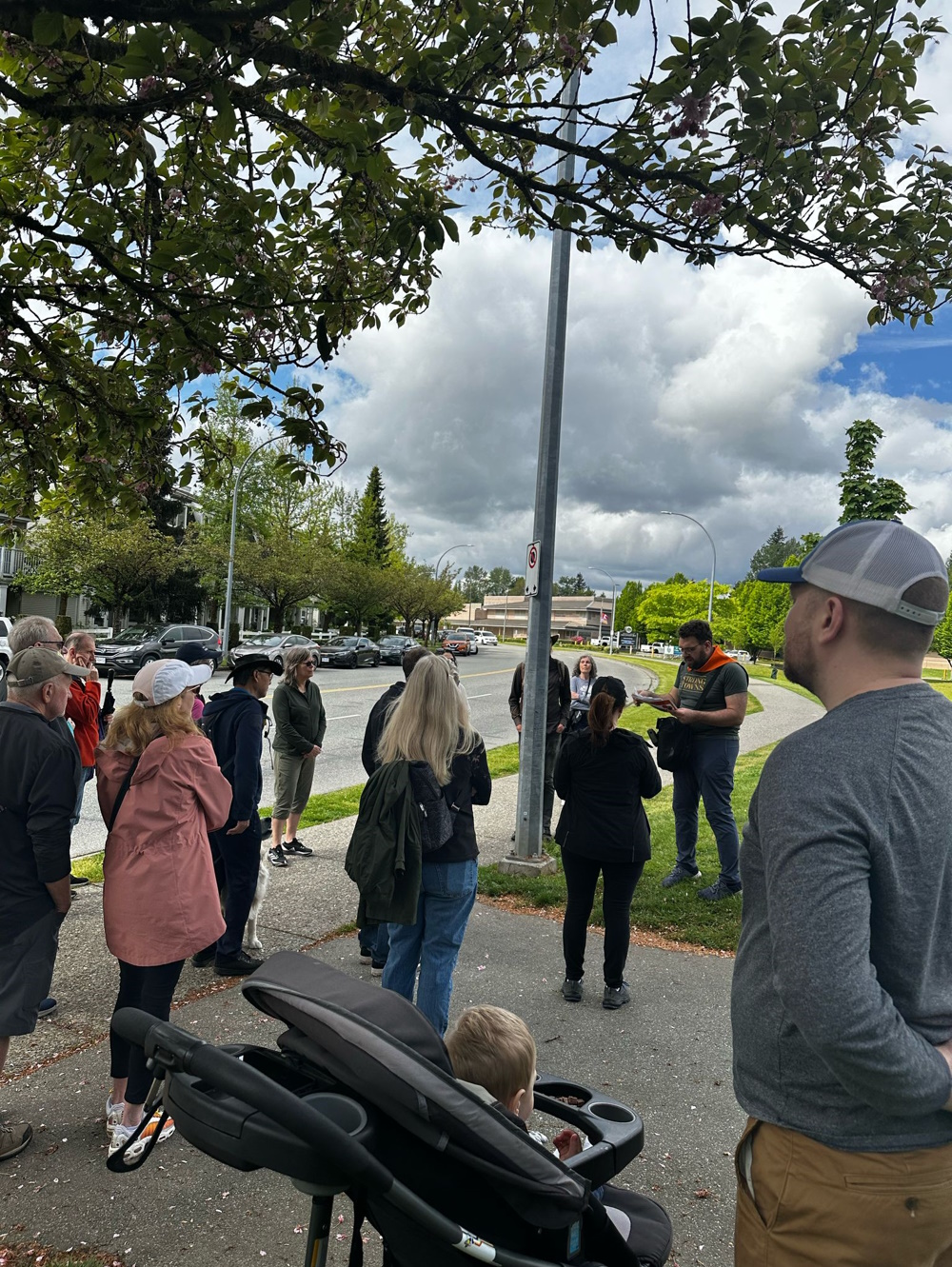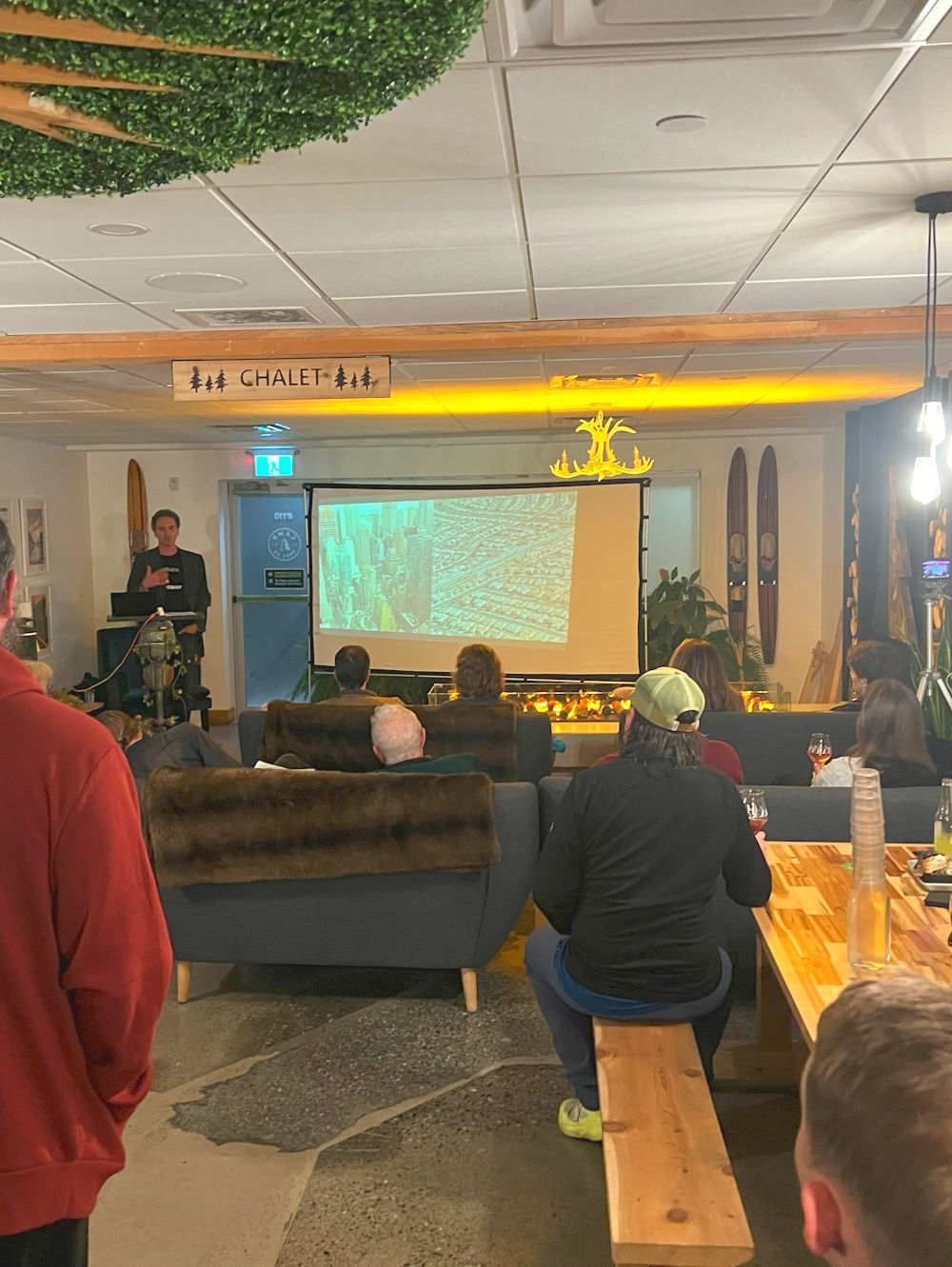Loading Carmel video playlist...
Carmel Comprehensive Plan (2022)
Archived from carmelcomprehensiveplan.com.
Background & Context
Carmel is a suburb of Indianapolis with approximately 100,000 residents. Like many North American suburbs, it developed primarily after World War II with automobile-centered planning and conventional suburban sprawl.
Beginning in the 1990s under the leadership of Mayor Jim Brainard (who served from 1996 to 2023), Carmel embarked on an ambitious transformation to create a more walkable, economically resilient community with a distinctive sense of place.
What makes Carmel's story remarkable is that it didn't require starting from scratch. Instead, the city has systematically retrofitted existing suburban areas while guiding new development toward more sustainable patterns.
Key Challenges Faced:
- Lack of a defined downtown or central gathering place
- Auto-dependent development pattern with poor walkability
- Limited diversity in housing types and price points
- Conventional strip mall commercial development
- Dangerous, congested arterial roads
- Limited public spaces and cultural amenities
- Conventional planning and zoning regulations
Major Initiatives
1. Creating a Vibrant Downtown
Carmel transformed a nondescript area into a thriving downtown district called "Carmel City Center" through strategic public investments and partnerships with private developers. This mixed-use center includes:
- The Palladium, a world-class concert hall
- Mixed-use buildings with ground-floor retail
- Public plazas and gathering spaces
- Walkable streets with wide sidewalks
- Multi-unit housing options
2. Roundabout Revolution
Carmel has replaced over 140 signalized intersections with roundabouts, making it the "Roundabout Capital of the United States." These have:
- Reduced serious crashes by 80%
- Improved traffic flow and reduced congestion
- Decreased emissions from idling vehicles
- Created opportunities for public art and landscaping
- Saved an estimated $5 million annually in fuel and time
3. Arts & Cultural Investment
The city has made substantial investments in arts and culture, including:
- The Center for the Performing Arts, a three-venue complex
- Public art installations throughout the city
- The Monon Trail, a rail-to-trail conversion
- Cultural festivals and events
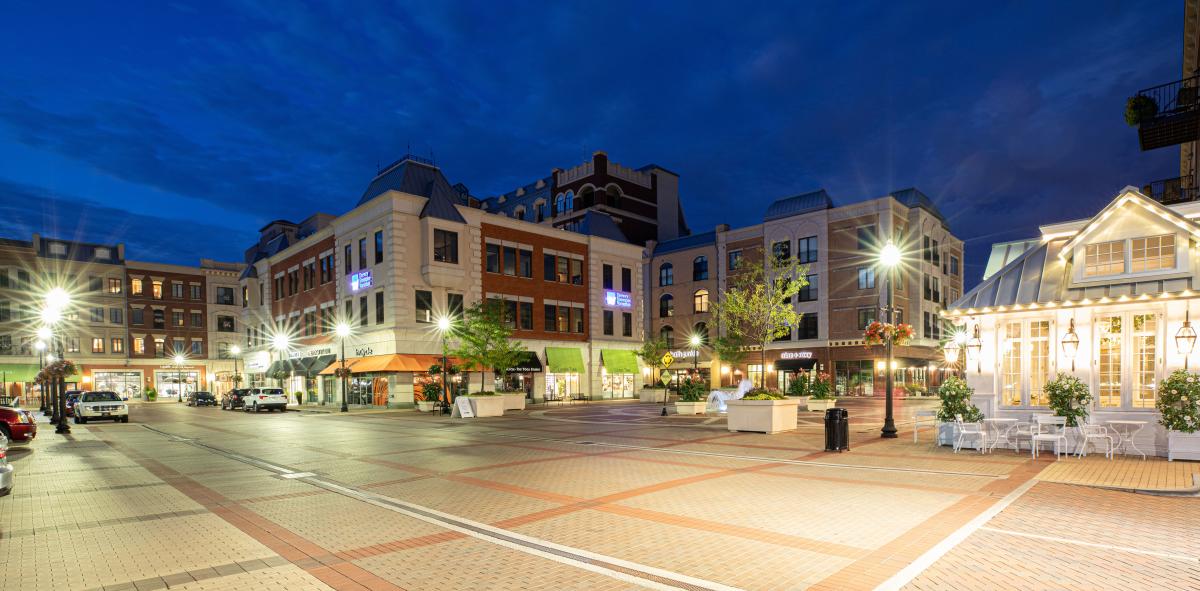
Carmel City Center features walkable streets and mixed-use buildings
Planning & Policy Approaches
Form-Based Code
Carmel adopted a form-based code for its downtown and key corridors, focusing on the physical form of buildings rather than solely on land use. This approach:
- Ensures human-scale development with active street frontages
- Allows for appropriate mixing of uses
- Provides predictability for developers and residents
- Creates cohesive urban fabric while allowing architectural variety
- Emphasizes the relationship between buildings and public space
Public-Private Partnerships
Carmel has effectively used public-private partnerships to leverage private investment for public benefit:
- The city often provides land or infrastructure improvements
- Private developers build mixed-use projects that adhere to high design standards
- Tax increment financing (TIF) is used to fund public components
- Projects must include public amenities and meet urban design guidelines
Strategic Infrastructure Investments
The city has prioritized infrastructure investments that support walkability and quality of life:
- Multi-use paths and trails connecting neighbourhoods
- Street redesigns that prioritize pedestrian comfort
- Underground utilities to improve aesthetics
- Roundabouts that improve both safety and traffic flow
- Public parking garages with street-level retail
Incremental Approach
Carmel's transformation has been incremental rather than overnight:
- The city focused first on key corridors and nodes
- Projects were phased over more than two decades
- Each success built momentum and public support for further changes
- The city remained flexible and adjusted strategies based on results
- Existing neighbourhoods were respected while creating new options
Results & Outcomes
Economic Outcomes
- Property Value Growth: Carmel's property values have outpaced most Indianapolis suburbs
- Business Attraction: Over 125 corporate headquarters have relocated to Carmel
- Tax Base: Commercial tax base has expanded, helping keep residential taxes lower
- Employment Growth: Significant job growth in professional sectors
- Retail Success: Walkable areas have higher occupancy rates than conventional retail
- Debt Management: Despite significant investments, Carmel maintains AAA bond ratings
Quality of Life Outcomes
- Walkability: Walkable districts have expanded throughout the city
- Cultural Amenities: Increased access to arts, entertainment, and community events
- Safety: Significant reduction in traffic accidents and improved pedestrian safety
- Recreation: Enhanced parks, trails, and public spaces
- Community Identity: Strengthened sense of place and community identity
Recognition
- "Best Place to Live in America" by Money Magazine (2012)
- "Best Place to Launch a Career" by Money Magazine (2018)
- "Best Place to Raise a Family" by Forbes
- Multiple awards for roundabout design and implementation
- Recognition for environmental initiatives and green infrastructure
Challenges & Criticisms
While Carmel's transformation has been largely successful, it has faced some challenges and criticisms:
- Public Debt: The city has taken on significant debt to fund improvements
- Housing Affordability: Success has led to increased housing costs
- Development Pace: Some residents have expressed concern about rapid growth
- Maintaining Character: Balancing new development with existing neighbourhood character
- Inclusivity: Questions about whether improvements benefit all residents equally
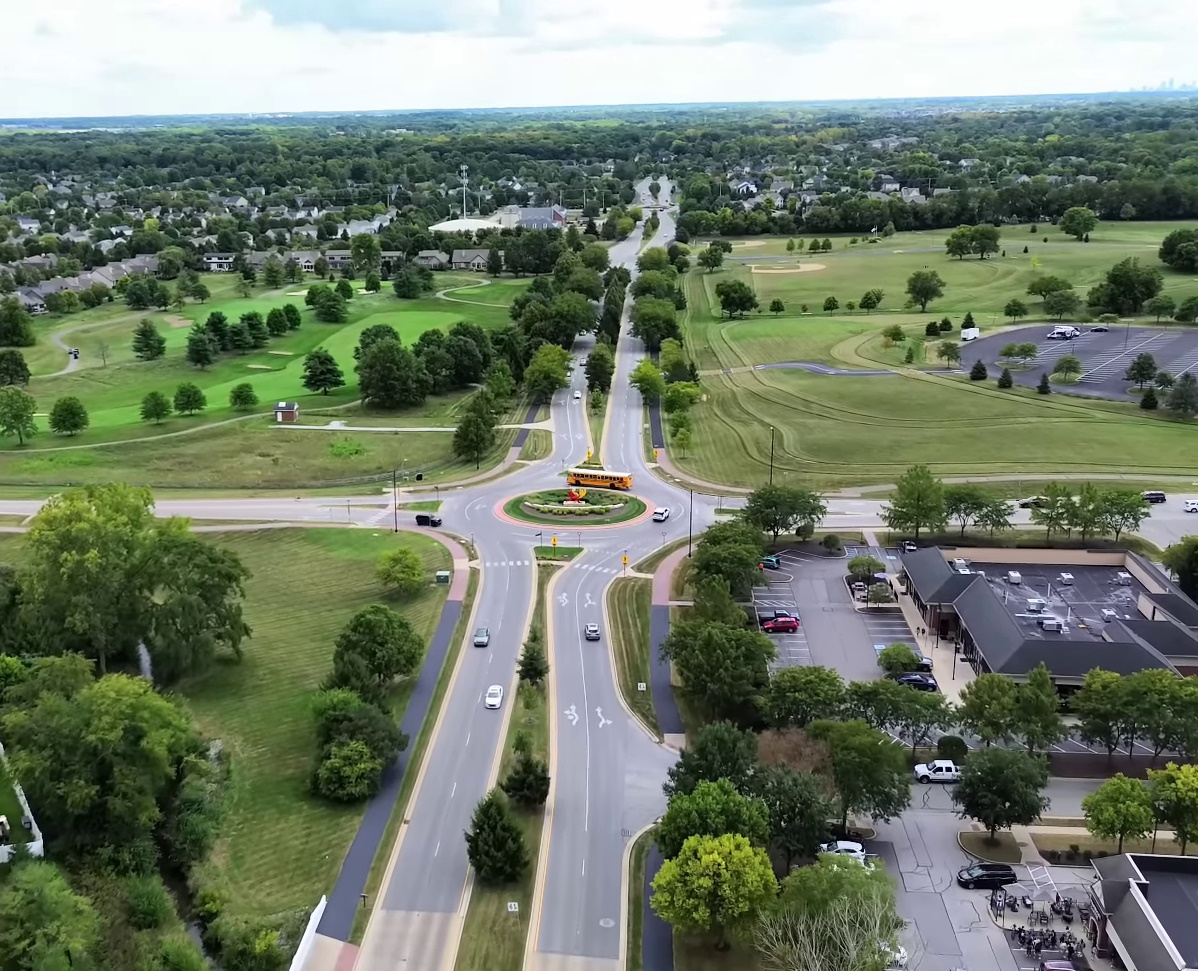
One of Carmel's many roundabouts, featuring public art and landscaping
Lessons for Langley
Carmel's transformation offers valuable lessons for Langley as we look to enhance our community:
- Incremental Transformation Is Possible: Suburbs can evolve into more walkable, vibrant places without starting from scratch
- Focus on Key Nodes: Transforming strategic areas can create momentum for broader change
- Public Realm Investments Matter: Quality streets, parks, and public spaces catalyze private investment
- Transportation Innovation: Roundabouts and street redesigns can improve both safety and traffic flow
- Mixed-Use Development Creates Vitality: Integrating residential, commercial, and civic uses creates vibrant districts
- Vision and Leadership: Long-term planning and consistent leadership are crucial for transformative change
- Quality Design Pays Dividends: High standards for urban design create places people want to be
- Fiscal Benefits: Smart growth can improve municipal finances through efficient use of infrastructure
Langley could apply these lessons by identifying strategic nodes for walkable, mixed-use development, investing in pedestrian infrastructure and public spaces, introducing roundabouts at appropriate intersections, and implementing form-based codes for key districts. By taking an incremental approach focused on quality and placemaking, Langley can enhance community character while building financial resilience.
About Our Case Studies
These case studies were researched and compiled by Strong Towns Langley Chair, James Hansen, to identify successful implementations of people-first urban design principles that could inform development in our region.
Have a suggestion for a case study we should explore? Know of an interesting example of sustainable, financially resilient urban development?
Contact James directly at james@strongtownslangley.org, find him on our discord, or contact us with your ideas.

James Hansen
Strong Towns Langley Chair
